Who were the Clan Stewart of Appin? Dive into Scottish history
by Aimee Li on Aug 24, 2024
Table of Content
I. Introduction
The Stewart of Appin, a prominent Scottish clan with a rich and complex history, has left an indelible mark on the tapestry of Scottish culture and heritage. Rooted in the rugged landscapes of the Appin district facing the Lorne region, this branch of the more prominent Stewart clan played a significant role in shaping Scotland's political and social landscape for centuries. From their origins in the 15th century to their involvement in major historical events, the Stewart of Appin has a captivating and enlightening story, offering a window into the intricate world of Scottish clan politics and the enduring legacy of Highland culture.
This article delves into the fascinating journey of Clan Stewart of Appin, highlighting its significant contributions to Scottish history and its enduring legacy in modern times.
A. A Brief Overview of Clan Stewart of Appin
Clan Stewart of Appin is the West Highland segment of the Clan Stewart. It has been recognized as a separate clan since the 15th century. Their leaders trace their lineage back to Sir James Stewart of Perston, the grandson of Alexander Stewart, the fourth High Steward of Scotland. Walter Stewart, his cousin and the 6th High Steward, wed Marjorie Bruce, King Robert the Bruce's daughter, and their offspring, Robert II, became the first monarch of the Stewart line. The Clan Stewart of Appin shares a familial connection with the Royal Stewart Dynasty.

B. The original of Clan Stewart of Appin
The Stewart of Appin is the branch of Clan Stewart in the West Highlands, originating from Sir James Stewart of Pierston, the fourth son of Sir John Stewart of Bonkill, the second son of Alexander, the 4th High Steward of Scotland. Sir James was the ancestor of John Stewart of Innermeath, who became the first Stewart Lord of Lorne by marrying Isabel MacDougall, the daughter of John Gallda MacDougall, Lord of Lorne. The title of Lord of Lorne continued for two additional generations with Sir John Stewart, the third Stewart Lord of Lorne.

Appin is situated on Scotland's western coast between Benderloch to the south and the Ballachulish Narrows to the north in present-day Argyll. Currently, the main towns are Port Appin and Portnacroish, both picturesque and surrounded by forests and water. To the west lie islands, including Lismore, inhabited by the MacLea family and Baron Buchull, custodian of the Buchull Mhòr (the crosier of St. Moluag), followers of Appin. The area has various attractions, such as Ardsheal's Cave, Castle Stalker, the Clach Ruric, Cnap a-Chaolais, Eilean Munde, and Keil churchyard.
II. Clan Stewart of Appin History
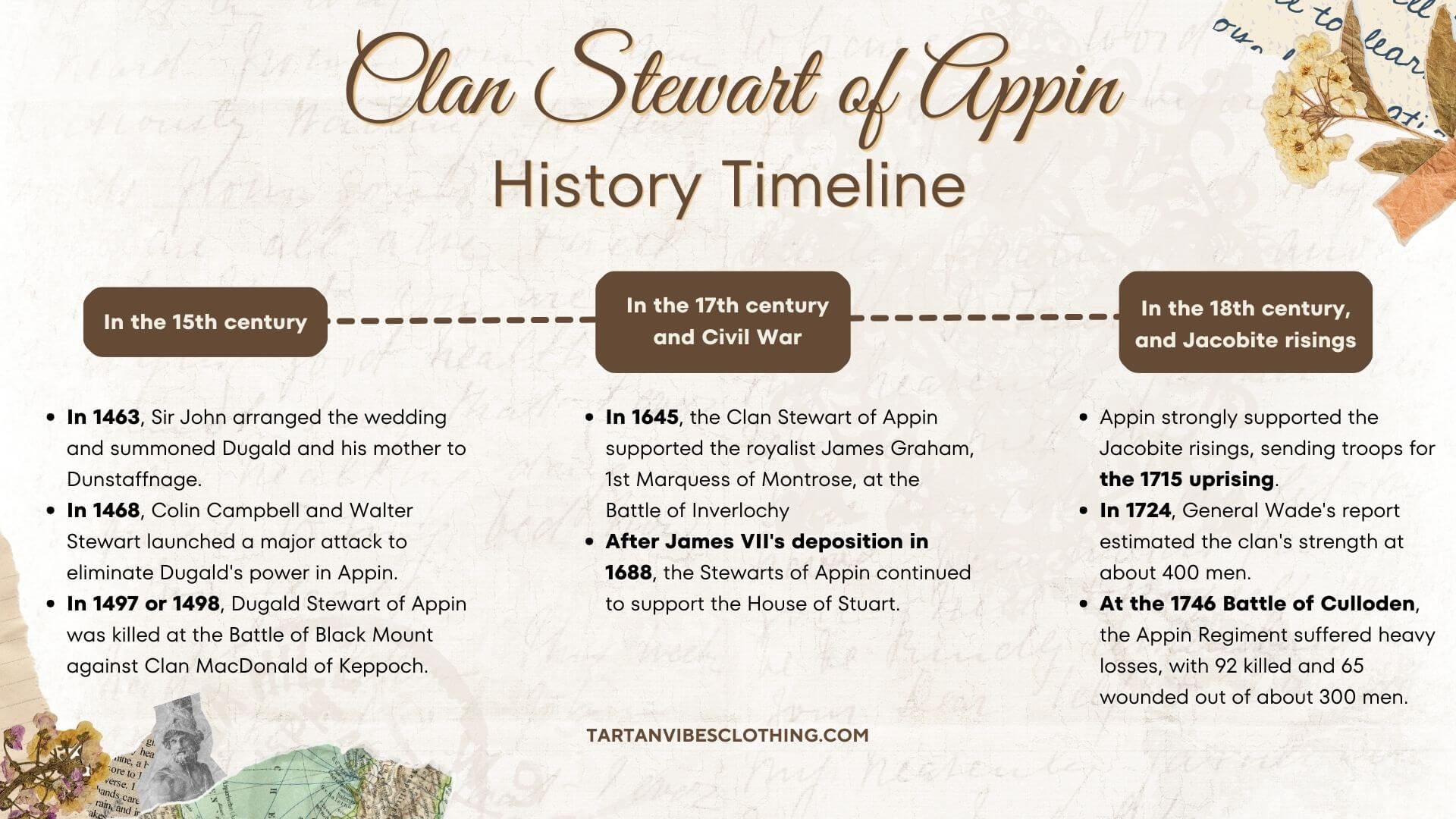
A. In the 15th century
According to tradition, in 1445, while returning to Dunstaffnage Castle from the cattle market at Crieff, Sir John encountered and fell for the daughter of MacLaren of Ardvech. Despite being married, he started a relationship with this woman, leading to a son's birth one year later. His firstborn son was named Dugald and later became the ancestor of the renowned Clan Stewart of Appin. Sir John Stewart, born around 1410, was roughly 35 when he encountered the woman who would become his second wife.

After the passing of his first wife, Sir John took five years before arranging a marriage with Dugald's mother. The reasons behind this delay are unclear, though it may have been politically motivated. In 1463, Sir John set a date for the wedding and summoned Dugald and his mother to Dunstaffnage. Unbeknownst to him was a conspiracy to assassinate the Lord of Lorn. While the exact details remain uncertain, it is believed that the Lord of the Isles, who was vying for power against the King of Scots, orchestrated this plot to eliminate a powerful ally of the King in the western highlands.
Among the conspirators, some suggest Colin Campbell, Lord Argyll, and Sir John's son-in-law, was involved, with Alan MacCoul, the illegitimate grandson of a former MacDougall chief, taking the lead. As the lightly armed wedding procession traveled approximately 180 yards from Dunstaffnage to the nearby chapel, they were ambushed by a more significant force commanded by Alan MacCoul. MacCoul's troops were defeated despite being better equipped, but not before fatally injuring the Lord of Lorn. Sir John was hurried into the chapel where, with his dying breath, he married Dugald's mother, thus legitimizing him as the de jure Lord of Lorn.
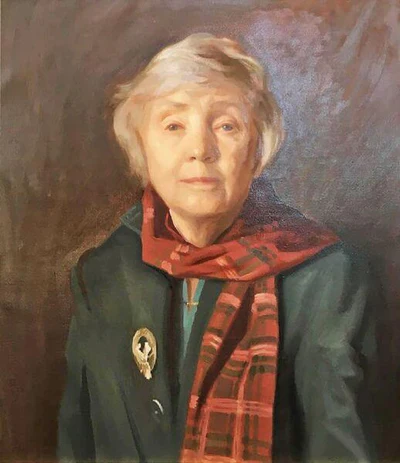
After receiving final rites, Sir John died, marking the beginning of a new era in West Highland history. Dugald rallied all supporters of the Lord of Lorn and, with the help of the MacLarens, laid siege to Dunstaffnage, but their efforts were unsuccessful. Unbeknownst to Dugald, Colin Campbell, Lord Argyll—who appeared to be part of the conspiracy—gathered a group of MacFarlanes to support the MacCoul Clan against the rightful Lord of Lorn. The forces of MacCoul and the MacFarlanes clashed with those of Lorn and MacLaren in what became known as the battle of Leac a dotha, resulting in a fierce conflict with significant casualties on both sides.
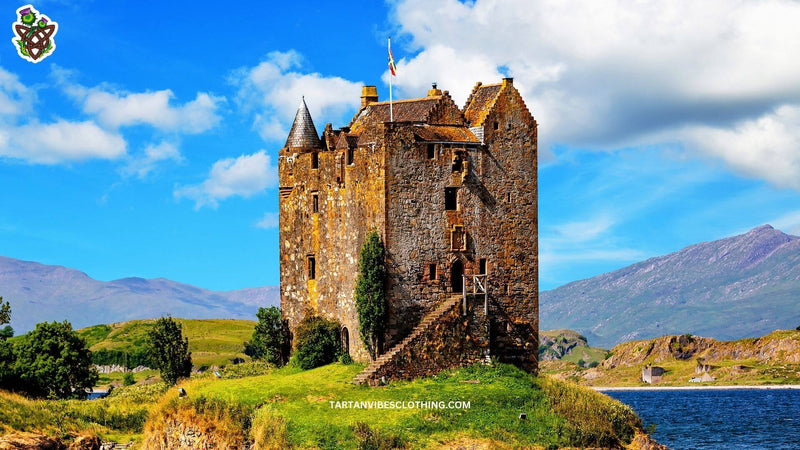
For several years, Dugald, who had lost the title of Lord of Lorn due to his uncle Walter Stewart's betrayal and the Lord of Argyll but still held onto Appin and Lismore, strengthened his influence and reinforced the hunting lodge at Castle Stalker located on Cormorant's Rock in Loch Laich. He made it clear to the Campbells that he was unhappy about losing the Lordship of Lorn by having his clan frequently raid the Campbell lands surrounding Appin. In 1468, seeking to eliminate Dugald's power in Appin once and for all, Colin Campbell and Walter Stewart, now acknowledged as the Lord of Lorn (although lacking authority there), launched a large-scale attack against Dugald and his clan.
Alan MacCoul was involved again, and they faced off in what became known as the Battle of Stalc. Despite suffering heavy losses, Dugald nearly obliterated the military might of the MacFarlanes, devastation from which they never recovered, and he killed Alan MacCoul, the man who had murdered his father. This battle reinforced Dugald's claim to Appin and its vicinity, which King James III officially granted to him on April 14, 1470. In 1497 or 1498, Dugald Stewart of Appin was killed at the Battle of Black Mount while fighting against the Clan MacDonald of Keppoch.

B. In the 17th century and Civil War
The Clan Stewart of Appin backed the royalist James Graham, 1st Marquess of Montrose, during the Battle of Inverlochy in 1645 and at the Battles of Auldearn and Kilsyth. Following the deposition of James VII in 1688, the Clan Stewart of Appin continued to support the ousted House of Stuart.

C. In the 18th century, and Jacobite risings
Clan Stewart of Appin was a staunch supporter of the Jacobite risings, sending troops to participate in the uprising of 1715. In 1724, General Wade's report on the Highlands estimated the clan's strength at around 400 men. Dugald Stewart, the 9th Chief of Clan Stewart of Appin, was granted the title Lord Appin in the Jacobite peerage on June 6, 1743. The Clan Stewart of Appin also contributed fighters to the Jacobite rising of 1745.
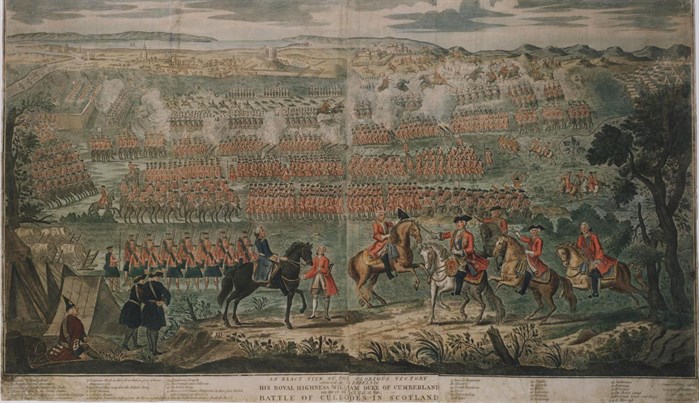
During the 1746 Battle of Culloden, the Clan Stewart of Appin Regiment endured significant losses, suffering 92 fatalities and 65 injuries from a fighting force of roughly 300. Charles Stewart of Ardsheal led the regiment's men (including men of ~19 other clans), most notably Clan MacLaren, during the rising of 1745. Ardsheal eventually fled from Scotland to reunite with his family in Europe, where he lived for the remainder of his life.
III. Clan Stewart of Appin Crest
The combination of these symbols in the Clan Stewart of Appin Crest not only honors the clan’s historical roots but also conveys enduring values such as readiness, resilience, and a connection to the fertile landscapes of their ancestral lands. The crest is a proud emblem, representing the identity and spirit of Clan Stewart of Appin’s history across generations.
Stewart of Appin
Motto: Quihidder Wil Zie (Whither will ye)
Badge: Darag (Oak)
Lands: Appin Duror, West Coast Scotland, above Oban, below Ballaculish
Historic Seat: Castle Stalker

Clan Stewart of Appin is a distinguished Scottish clan with a legacy rooted in centuries of history, courage, and tradition. The Clan Stewart of Appin crest prominently features a unicorn's head, a symbol of purity and strength, often associated with nobility and grace. This magnificent creature reflects the clan's storied past, where its members' courage and integrity have been hallmarks. The unicorn is not only a mythical icon but also represents the clan's aspiration to rise above challenges, embodying the enduring spirit of the Clan Stewart of Appin through generations.
The Stewart of Appin clan's motto, "Quhidder Wil Zie" (Whither will ye), transcends mere words. It poses a question that resonates with adventure and the quest for purpose, encouraging members and descendants to explore the world around them and their own identities and legacies. This Clan Stewart of Appin motto encapsulates the spirit of curiosity and the relentless pursuit of one's path, inviting individuals to embrace their journey in life with an open heart and an adventurous mind.
IV. Clan Stewart of Appin Tartan
The Clan Stewart of Appin Tartan is a vibrant representation of Scottish heritage, featuring four distinct variations: Ancient Tartan, Dress Tartan, Hunting Tartan, and Modern Tartan. Each type boasts unique color patterns, yet they all share a cohesive palette that embodies the essence of the Stewart of Appin Clan. Typical hues such as rich greens, deep blues, and bold reds characterize the Stewart of Appin Tartan, creating a striking visual identity that pays homage to the clan's history.





The Clan Stewart of Appin Ancient Tartan evokes a sense of timelessness with its softer, muted colors. At the same time, the Clan Stewart of Appin Dress Tartan is designed for formal occasions, showcasing a more refined appearance. The Clan Stewart of Appin Hunting Tartan, with its darker tones, is practical for outdoor wear, reflecting the clan's connection to Scotland's rugged landscapes. Lastly, the Clan Stewart of Appin Modern Tartan features bolder variations and contemporary styling, appealing to current fashion trends while maintaining traditional significance. Together, these tartans celebrate the legacy of Clan Stewart of Appin and serve as a tangible link to Scotland's rich cultural tapestry.
Set sail on an odyssey through the illustrious annals of Clan Stewart of Appin with our handpicked collection of tartan creations. Embody the indomitable spirit that characterizes the Stewart of Appin clan, weaving a piece of this noble history into the fabric of your daily existence:
V. Prominent Members of Clan Stewart of Appin
A. Henry Stewart, Lord Darnley (c.1545-67)
The firstborn of the 4th Earl of Lennox grew up in England as a Protestant during the reign of Elizabeth I. In Scotland, his infatuated cousin Queen Mary bestowed upon him the Earldom of Ross and the Dukedom of Albany, and shortly after, she married him on July 29, 1565. Scottish nobles were wary of his intentions, and their suspicions were confirmed. His overbearing nature caused significant tension, and in March 1566, he orchestrated a plot that resulted in the murder of David Rizzio, the Queen’s secretary and close friend, right in front of her.
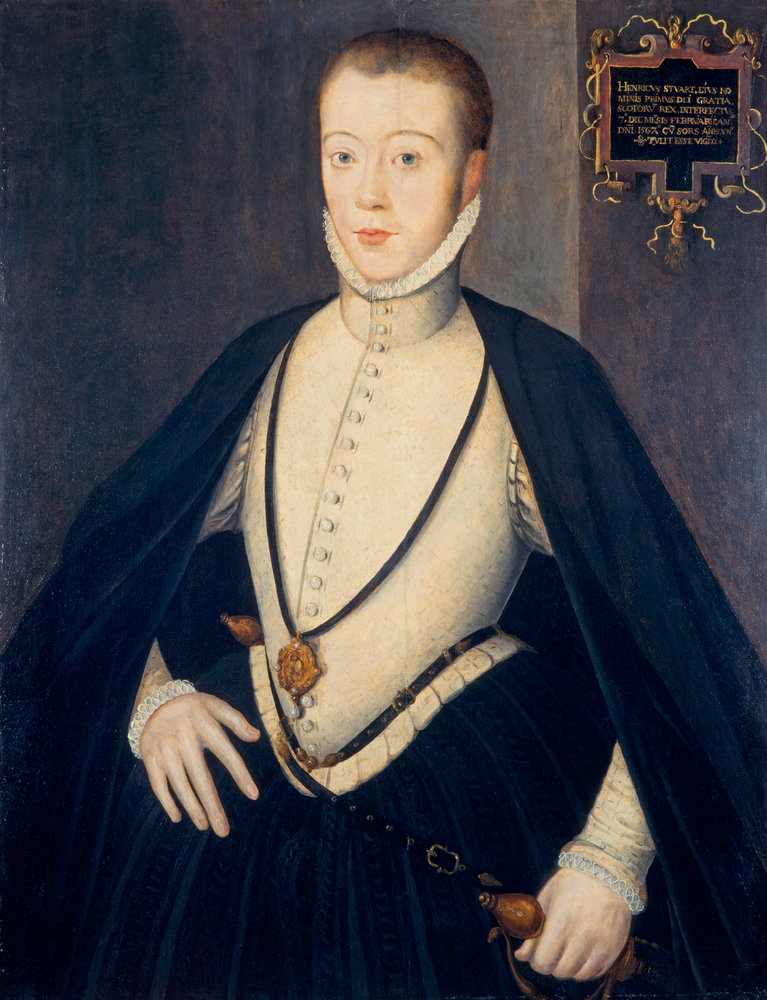
After they had a son named James VI, he started to devise a plan to seize the Scottish Crown from his estranged wife by seeking foreign aid and converting to Catholicism. His health was deteriorating due to syphilis, preventing him from pursuing his ambitions until he recuperated. While he was resting at Kirk o’Fields in Edinburgh on February 10, 1567, the house was detonated, and Darnley was discovered strangled in the garden.
B. Prince Charles Edward Stewart (1720-1788)
Prince Charles Edward Stewart, born in Rome in 1720, was the son of "the Old Pretender" James Francis Edward Stewart and Clementina Sobieski. Known for his bravery and charm, he began his quest to reclaim the Scottish Crown by pawning his jewelry and borrowing funds to finance a force. After a storm scattered his troops, he landed in Moidart with only seven men. Despite the challenges, he rallied support, raising his standard at Glenfinnan on August 19, 1745.

After victories in Edinburgh and Prestonpans, his campaign faltered as internal conflicts and his focus on claiming the English Crown weakened his support. The army reached Derby, but they retreated, facing a lack of interest from English Catholics and growing threats from Hanovarian forces. After further battles and mounting exhaustion, the Jacobites were defeated at Culloden. Stewart fled to France in 1746. He later married Princess Louise of Stolberg in 1772 but led a troubled life, dying in Rome.
C. Sir Thomas Grainger Stewart (1837-1900)
Grainger Stewart, born and educated in Edinburgh, furthered his understanding of the human body in Vienna, Berlin, and Prague before returning to Edinburgh to take on the role of House Physician at the Royal Infirmary. He subsequently became the Infirmary's Pathologist and a Lecturer in that specialty. His rise in prominence led to his knighthood after he was appointed as the physician to Queen Victoria.
His works, “Practical Treatise on Bright’s Disease” and “Diseases of the Nervous System,” significantly enhanced the understanding and treatment of the conditions they discussed. Having reached the pinnacle of his medical career, he passed away while serving as President of the Edinburgh Medical Missionary Society.
VI. Conclusion
The Stewart of Appin was more than just a clan; they symbolized loyalty, bravery, and resilience. Their story is a testament to Scotland's rich history and the enduring spirit of its people. As we explore their fascinating history, we gain a deeper understanding of the forces that shaped the Scottish Highlands and the legacy of one of its most famous families.
Frequently Asked Questions
Who are the Clan Stewart of Appin genealogy?
The Clan Stewart of Appin represents the West Highland division of Clan Stewart. They trace their lineage back to Sir James Stewart of Pierston, the fourth son of Sir John Stewart of Bonkill, the second son of Alexander, the fourth High Steward of Scotland.
What is the Stewart of Appin crest?
Stewart of Appin Clan Crest: A unicorn's head.
Stewart of Appin Clan Motto: Quhidder Wil Zie (Whither will ye)
What is the meaning of Appin?
Appin (Scottish Gaelic: An Apainn) is a seaside area in the Scottish West Highlands, bordered on the west by Loch Linnhe, on the south by Loch Creran, on the east by the regions of Benderloch and Lorne, and on the north by Loch Leven.
Is Stewart a Celtic name?
Stewart is a surname of Scottish origin that can also be used as a first name. It may have its roots in the Old English term "stigweard," which combines "stig," meaning household, and "weard," meaning guardian or ward. Alternatively, it could come from the Gaelic word Stiùbhart, which translates to steward.













